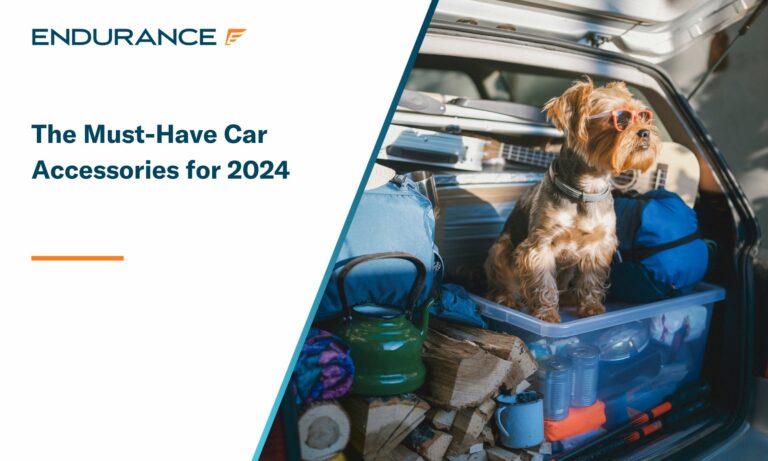Get this deal! Call now.
Speak with a vehicle protection plan specialist and get $300 off any new contract instantly.
Call 866-678-4172
This week sees the release of the EIGHTH installment of the Fast & Furious film series. That was not a typo, nearly 16 years after the 1st movie hit theaters; The Fate of the Furious is already generating critical buzz and hype from fans all over. We’ll admit much of the offices of Endurance are divided into two camps: those who love this series that mixes globetrotting action, motorsports and family values (seriously) and those who…need to learn to have fun.
“One car in exchange for knowing what a man’s made of. That’s a price I can live with.”
This was the film franchise that “taught” millions of car fans that a 1995 Toyota Supra could best Ferraris in a head to head race with a little customization. And you may even want to blame these movies for why a stock Ford Fiesta comes with a rather ostentatious phosphor yellow metallic paint option.
The answer is: yes.
First off, it popularized the idea of customization and personalized touches to cars. Those were always around but now they were portrayed in a mainstream blockbuster. And now every car buyer can have that whether they buy a high-end Bentleys or a pre-owned Dodge Neon.
The first movie in the series, The Fast and the Furious owes much to the profiles on the West Coast tuner scene that had begun making waves in the press. Specifically it owes its inception to the California-based aftermarket Special Equipment Market Association aka SEMA. SEMA has been offering drivers exclusive customization that even automakers wouldn’t dare since the 1950s.
Today, the new Ford Fiesta is available in 10 different hues and the Fiat 500 has an incredible 500,000 different customization options.
“It’s all between you and the car. It’s a bond. It’s a commitment.”
We would even say that the standard center consoles of everyday cars took a major upgrade thanks to tuner culture going mainstream. These days they are capable of just as much if not more multitasking compared to the movies’ band of street racers.
The vast majority of new cars now comes standard with a full suite of infotainment features, ranging from DAB digital radio to Bluetooth phone connectivity. And these all tend to be mounted on a slick, modern touchscreens that have a space-age quality about them.
“It doesn’t matter if you win by an inch or a mile, winning is winning.”
One of the biggest takeaways from the film on younger drivers is the big change in perception that big performance is not always associated with the size of your engine.
In the films seeing a nitro-fueled Mitsubishi Eclipse leaving a souped up Dodge Charger in the dust may seem implausible. And yet today you could buy a MINI with 228hp, while the Subaru WRX STi matches a Ford Mustang.
The idea of a small car putting out huge performance is well…normal now. You can cite the films or you can cite the popularity of “hot hatches” like the Ford Fiesta ST or more compact sports cars like Nissan’s 370Z.
If those are out of your range, no doubt in our a post-recession world, Fast and Furious has a certain appeal to prospective vehicle buyers who crave big power on a tighter budget. These days it’s far more exciting to read about a new Civic Type-R that delivers blistering performance but that also returns nearly 40mpg when fuel prices are high versus an expensive pony car.
What we mean is that after each film breaks box office records, tuner companies like Turbonetics may enjoyed a temporary bump, but that spike in sales is gone as soon as the film is out of theaters.
You could roll your eyes on how the F&F movies opened the gates for every other impressionable 17-year to get a Honda Civic and slap a fart-can muffler on it. And yet for drivers who stuck around in the scene, it’s tough to say the auto industry and gearheads alike simply roundly ignored the films outright despite the outrageous depictions of street racing bombast which could very well end in space for the planned 10th and final installment.
For most of us cool people in Endurance, these movies aren’t just about the action, explosions or unlikely heists. It’s all about the cars.

The approach of 2024 may mean having a personal New Year’s resolution or two in mind. But do these thoughts include your car? This is a great time of year..

Once reserved for high-powered consoles, gaming has exploded on cell phone platforms thanks to robust technology and high-speed internet connections. In particular, car enthusiasts have hopped on the mobile gaming..

Car enthusiasts are always looking to learn more about a complex and constantly changing industry. One way to tackle this task is through automotive podcasts. These shows offer a treasure..

Your protection is our top priority. Your quote is in progress and you will
receive a confirmation
email shortly.

We're here to make sure you get the most comprehensive EV protection. That's why we've partnered with Xcelerate Auto to offer you transparent and dependable Tesla coverage.
Want us to contact you about XCare coverage for your Tesla?



Sign up and get $300 off your new contract!
By clicking the button, you consent to Endurance using automated technology to call, email, and text you using the contact info above, including your wireless number, if provided, regarding auto protection or, in California, mechanical breakdown insurance. You also agree to the Endurance Privacy Policy and Terms and Conditions. Consent is not a condition of purchase, and you can withdraw consent at any time. Message and data rates may apply.
Speak with a vehicle protection plan specialist and get $300 off any new contract instantly.
Call 866-678-4172

Simply fill out the information below and we will follow up fast with your free no-obligation quote.
By clicking the button, you consent to Endurance using automated technology to call, email, and text you using the contact info above, including your wireless number, if provided, regarding auto protection or, in California, mechanical breakdown insurance. You also agree to the Endurance Privacy Policy and Terms and Conditions. Consent is not a condition of purchase, and you can withdraw consent at any time. Message and data rates may apply.
Alex has worked in the automotive service industry for over 20 years. After graduating from one of the country’s top technical schools, he worked as a technician achieving a Master Technician certification. He also has experience as a service advisor and service manager. Read more about Alex.